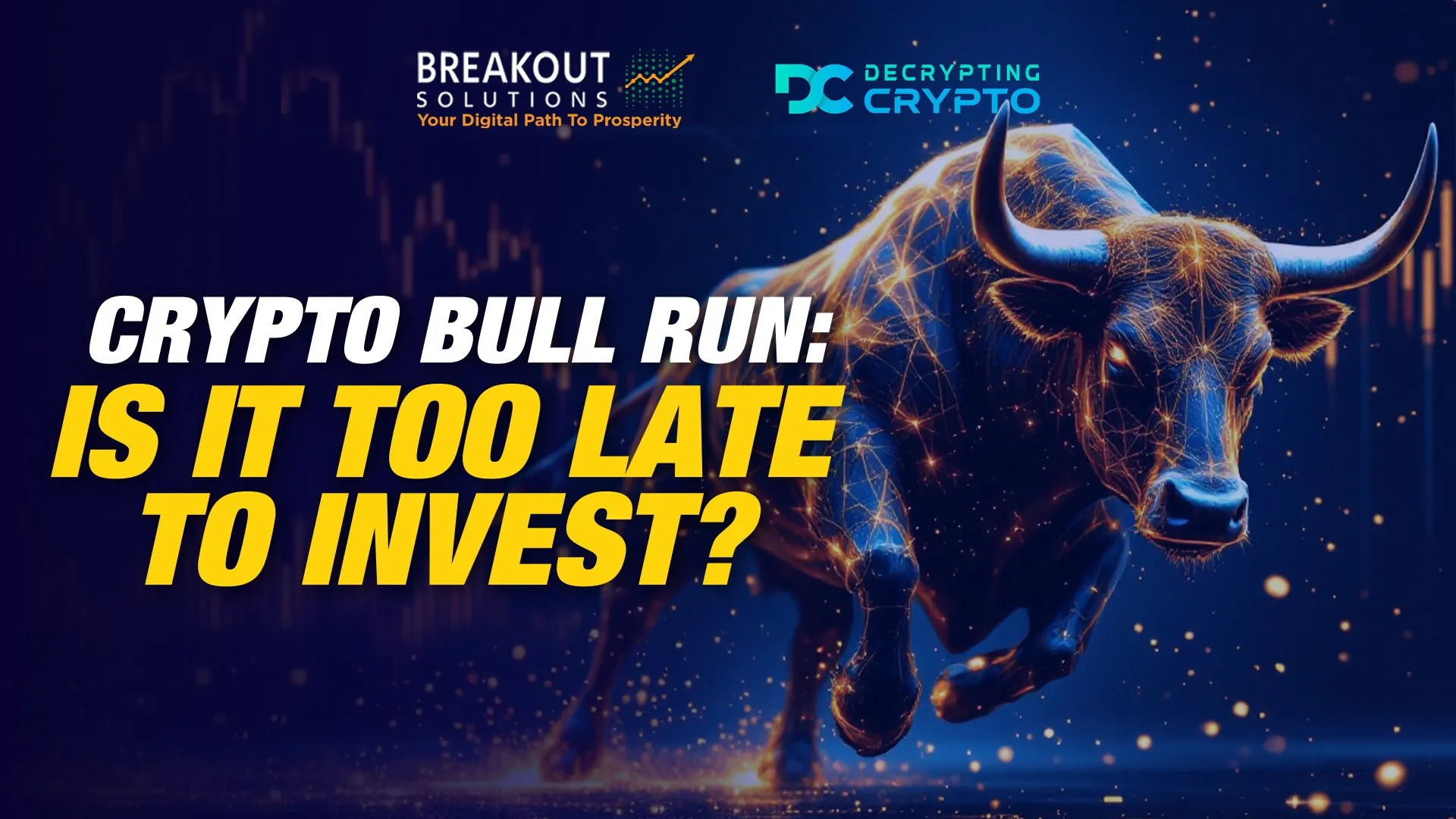The Psychological Aspects of Investing in Cryptocurrencies
Author: JR Foronda

Investing in cryptocurrencies is as much a test of emotional resilience as it is of financial acumen. The rollercoaster ride of crypto markets, with their dizzying highs and daunting lows, can elicit a wide range of psychological responses from investors. Understanding these emotional dynamics is crucial for anyone navigating this digital finance landscape. Here, we revisit the intricate world of psychological factors at play in cryptocurrency investing.
The Thrill of the Chase: Greed and FOMO
The rapid ascent of cryptocurrencies like Bitcoin and Ethereum has often been accompanied by sensational media coverage and tales of overnight millionaires. This atmosphere can stoke the flames of greed—a powerful motivator driving investors to jump into the fray without a clear strategy, blinded by visions of quick profits. Closely related is the phenomenon of FOMO, or the Fear Of Missing Out, which can lead investors to make impulsive decisions based on the success stories of others, fearing they might be left behind.
The Descent into Fear
On the flip side of the coin lies fear. The crypto market is notorious for its volatility, with prices capable of significant fluctuations in a short span. This unpredictability can trigger fear, leading investors to sell off their holdings at a loss in a panic. The fear of losing money can be paralyzing, often causing investors to exit the market prematurely or avoid taking calculated risks that could potentially yield high returns.
The Siren Call of Overconfidence
Overconfidence can be equally perilous in the world of crypto investing. Some investors, buoyed by initial successes or a few accurate market predictions, may develop an inflated sense of their own investing prowess. This overconfidence can lead to taking on excessive risk, neglecting the need for diversification, or failing to conduct thorough research, potentially resulting in significant financial losses.
Anchoring and Herd Behavior
Anchoring refers to the tendency to rely too heavily on the first piece of information encountered (the "anchor") when making decisions. In the context of crypto investing, this might mean holding onto a specific price point as a reference for buying or selling, even when market conditions suggest otherwise. Herd behaviour, meanwhile, involves following the investment choices of the majority, which can amplify the effects of market trends but can also lead to bubbles or crashes if the herd is wrong.
Strategies for Navigating the Emotional Landscape
- Education and Research: Arm yourself with knowledge about the cryptocurrency market, its trends, and the technologies behind different coins. Informed decisions are less likely to be swayed by emotion.
- Set Clear Investment Goals: Know why you're investing and what you aim to achieve. Clear goals can help steer your investment decisions away from impulsive reactions to market movements.
- Diversification: Spread your investments across different assets to mitigate risk. Diversification can provide a safety net against the volatility of the crypto market.
- Develop a Trading Plan: Having a plan in place can help maintain discipline in your investment approach, reducing the likelihood of decisions driven by fear or greed.
- Mindfulness and Emotional Awareness: Recognize and acknowledge your emotional responses to market changes. Mindfulness techniques can help maintain emotional equilibrium amidst the market's ups and downs.
Investing in cryptocurrencies is an exhilarating journey that tests not only one's financial savvy but also emotional resilience. By understanding and managing the psychological aspects of investing, individuals can navigate the crypto market more effectively, making decisions that are rational, informed, and aligned with their long-term financial objectives.

